Editorials
In this week’s blog, we’re stepping back from the usual focus on writing tactics and marketing tips to explore the emotional current running through today’s stories. Over the past few years, there’s been a clear shift away from the dark, brooding tone that dominated popular culture in the early 2000s toward a more optimistic view. From Superman’s warmth to a lighter, more playful Bond, audiences are beginning to favor heroes who face challenges with heart instead of cynicism.
As Ginger argues below, this change reflects a world that’s grown weary of grit and craves something that feels good again. For self-published authors, that shift isn’t just an observation but an opportunity. Readers are hungry for stories that lift them up, and tone may be the most powerful way to deliver that experience. Whether you write romance, fantasy, or thrillers, Ginger’s look at this cultural turning point shows how weaving hope, humor, and light into your work can make it both more relatable and more resonant in today’s market.
In the flickering glow of multiplex screens and the endless scroll of streaming queues, storytelling tastes shift like sand dunes. Right now, I think they’re shifting toward something brighter, and it couldn’t come at a better time! Let me present my case for why popular media is taking a more positive outlook on life, and what opportunities this might present to self-published authors.
I first moved to America in October 2001, and I remember that the world felt heavier back then. I arrived just a month after 9/11 and the first time I drove to New York City, I remember thinking how wrong the city skyline looked without the twin towers rearing up from lower Manhattan.
I also noticed how the impact of 9/11 seemed to extend far beyond just New York. All across the globe, people were scared. The economy was crumbling. Wars were starting. It felt like the whole world was holding a collective breath, desperate to exhale.
I noticed that popular culture reflected this mood. The early 2000s were the era of the “gritty reboot”—a cinematic tonic of realism and brooding shadows that redefined franchises.
It might have started earlier, but I first noticed the phenomenon with Batman. Once upon a time, the “caped crusader” was fun, campy, and lighthearted—the spirit of the cheesy old 1960s show surviving and then thriving in the increasingly wacky movies from the 80s and 90s.
But then a change happened, and when Batman hit the screens once again in Batman Begins in 2005, it was in an incarnation stripped of the tomfoolery of earlier iterations. The new reboot of the Batman legend was a tale of fear-soaked revenge and moral ambiguity filmed through Christopher Nolan’s gritty and realistic lens.
The movie was a massive success, and heralded a new era in storytelling. My beloved James Bond was the next legacy character to be reinvented this way, with 007 trading his signature quips for quiet desperation in Casino Royale in 2006.
Grounded, realistic, and violent, Daniel Craig’s tenure as James Bond saw him grapple with vulnerability, injury, and heartbreak, winning over a whole new generation of Bond fans and making the out-of-favor movie series achingly relevant again.
In my mind, these weren’t just movies, they were statements. A cultural reset that reflected the darker and scarier times we suddenly found ourselves living in.
But two decades later, I think the pendulum has swung the other way. It’s not to say our world feels any brighter or safer (I’d argue the opposite) but I feel like the era of grit and realism has started to feel as dated as a flip phone.
If box office receipts and critical buzz are barometers, optimism is the new black: vibrant, unapologetic, and tailor-made for a weary world craving light.
In a world in which political assassinations are commonplace, tens of thousands of civilians continue to be slaughtered in the Middle East, and the threat of nuclear annihilation has become a realistic worst-case-scenario for the first time since the Cold War, people are tired of gritty and realistic. We want an escape.
James Gunn’s Superman soared into theaters this July with a hero who fights his enemies with kindness and empathy (and, yes, laser heat-vision) in a world that blends heartland hope with cosmic wonder. Marvel’s The Fantastic Four: First Steps, released the same month, ditched dystopian dread for retro-futuristic glee, channeling 1960s atomic-age whimsy and giving us a glimpse into an alternative history that was genuinely better than the one we actually experienced.
Even James Bond (yes, yes, this is the second James Bond reference in the same article) is getting a bright and youthful glow-up in the upcoming video game 007 First Light. Instead of craggy old Daniel Craig again, we’re getting a rookie spy navigating MI6’s hallowed halls with reckless charm rather than world-weary cynicism.
I don’t think this is coincidence. I think it’s a seismic shift in popular culture, and for self-published authors, I think it’s a massive opportunity that poses a tantalizing question:
Could embracing optimism into our narratives be what readers will be looking for these days? And could it help our books perform better on the digital bookshelves?
Art Imitates Life (or is it the other way around?)
Let’s rewind to understand the pivot.
I think the gritty reboot wave that crested in the mid-2000s was born from a zeitgeist (this is the first time I’ve ever had the opportunity to use that word, so I’m excited) that demanded authenticity over escapism.
I think part of it was a response not just to 9/11, but what happened to the world immediately following that attack, and society’s reaction when we learned the truth about it.
In the 2000s, our heroes were truth-tellers—whistleblowers who exposed corruption and conspiracies like the Enron scandal, war crimes in Iraq and Afghanistan, and covert government surveillance programs. They were heroes because they exposed painful lies instead of perpetuating comforting lies, and many of them were punished for it; spending years in prison or facing exile from their homeland.
Heroes in popular media began to reflect our definition of real-life heroism, flawed characters doing noble things and facing the consequences with courage and dignity.
Batman Begins transformed the Dark Knight from Adam West’s 1960s punchline to a psychologically scarred vigilante, exploring trauma and the thin line between justice and vengeance. Nolan’s trilogy grossed over $2.4 billion worldwide, proving audiences hungered for heroes who bled as much as they punched.
Bond’s reinvention in Casino Royale echoed this. Pierce Brosnan’s impossible good looks and Roger’s Moore’s sardonic eyebrow-raise were out of style. Gadgets and girls weren’t plot devices any longer. Casino Royale stripped them all away and presented us with a hero forged in loss, his license to kill a curse as much as it was a calling. “Half-monk, half-hitman,” as James Bond described himself to M.
These films—and their ripples in TV like The Dark Knight Returns-inspired Arrow and Marvel’s Daredevil series—prioritized realism: Flawed protagonists, moral grays, and stakes that mirrored real-world fragility.
It wasn’t until recently that we really felt society rejecting this approach. Even though the Marvel Cinematic Universe (MCU) put a lot of quips and camaraderie into their movies, they were definitely more grounded than traditional superhero movies from the 1980s and 1990s, and were no stranger to flirting with doom and gloom. For examples of this, look no further than the shocking and downbeat ending of Avengers: Infinity War in 2018 and the heavy tone of sacrifice in Avengers: Endgame the year after.
But the diminishing box office returns from the MCU post-pandemic suggests that the zeitgeist (look, I got to use that word again) has shifted. Pundits initially blamed it on “superhero fatigue” but the solid performance of Superman this July demonstrates that cinema-goers don’t have fatigue for all superheroes. Just the dark and gloomy ones.
Perhaps it’s because our understanding of what heroism is has shifted once again, and we’re embracing different values over authenticity and truth-telling. It’s not that we want to be lied to. We just want to believe that there’s better out there in the world.
I think Superman is a great example of this because it follows so closely on to the previous incarnation of The Man of Steel.
Zack Synder’s Superman, played by Henry Cavill, was born at the peak of the “dark and gritty” era of modern cinema. He was almost Christ-like in the way he was depicted. Living among humans, but definitely not one of them. At the time I thought it was really cool, but looking back I find Synder’s Superman to be cold and detached, turning a blind eye to civilians being slaughtered in explosions and building collapses while he focuses on the “bigger picture.”
(Could there be any clearer parallel to the state of the world right now?)
James Gunn’s version of Superman, played by David Corenswet, is the exact opposite of that. He’s earnest, not angsty. A kindhearted, honest Kansas farm-boy who doesn’t just believe in truth, justice, and the American way, but believes in them without irony.
Synder’s Superman watched a courtroom of innocents get burned alive in an explosion without even getting up from his seat, while Gunn’s Superman saves a squirrel (a squirrel! It was the best scene of the movie!)
“Big Blue” as he’s nicknamed in the movie, refrains from swearing (expressing his frustration with “Oh, my GOSH!”) and struggles to save the monster demolishing his city rather than trying to kill it like his friends in the Justice Gang. He even says “please” and “thank you” to his robot guardians despite the fact that one of them explicitly states: “We are not flesh and blood and couldn’t, in our heart of hearts, care less.”
What I really noticed about Superman was that the stakes were just as high as those of the Synder-verse. In both Man of Steel and Superman we watch Metropolis being destroyed, but Gunn’s version showed us that even when faced with real-world horror, there were things in the world that could lift our spirits like Krypto the Superdog and that squirrel-saving scene.
That’s what heroism is to us today. The strength to face the same challenges, but to do so with kindness in our hearts, and the ability to see good in the world even when times are dark. As Superman explains to Lex Luthor:
“I am as human as anyone. I love, I get scared. I wake up every morning, and despite not knowing what to do, I put one foot in front of the other, and I try to make the best choices that I can. I screw up all the time, but that is being human, and that’s my greatest strength.”
There’s a similar theme in Marvel’s The Fantastic Four: First Steps. Again, the stakes couldn’t be higher (literally, the end of planet Earth) but the movie faces this oblivion with heroes who defeat their enemy by uniting the world against him, rather than with their fists and superpowers.
(Okay, okay, I mean they do use their fists and superpowers as well. A lot. But they literally unite the world to help defeat Galactus.)
Then there’s 007 First Light, IO Interactive’s 2026 video game that’s going to be rewriting James Bond’s origin story. There’s no doubt that Bond will be saving the world at the end of this one (it’s a staple of the series) but this time we’ll be following the footsteps (and directing them with our gamepad) of a pre-License-to-Kill Bond who is young, resourceful, and sometimes reckless.
Yes, he’s an orphan, but this will be a James Bond without the death of Vesper Lynd or Tracey to burden him. It’ll be stealthy espionage laced with youthful bravado instead. We’re going to be meeting a Bond before his superiors recommended intense therapy sessions and substance abuse counselling.
Why is this optimistic surge so captivating? I think it’s because we all feel like we’re facing the end of the world, and we want to look up to heroes who can do so with a smile.
In 2025, with the slaughter in the Middle East, the fascism here at home, and the grim shadow of AI threatening our livelihoods, we’ve accepted that escapism isn’t fluff, it’s fuel.
Lighter tones allow deeper dives. The courage of our heroes helps us find our own.
Superman’s hope isn’t blind. It’s a choice. First Steps focuses on family and community, showing us that we can face any challenge as long as we do it together. James Bond’s rookie romp reminds us of a time in our lives in which even danger could be exciting, back when we didn’t yet carry the burdens of all our future mistakes.
This is what they used to describe as “feelgood” media, and that’s why I think it’s so in vogue right now. We want to feel good!
Optimism is the New Bank
And there’s a reward to making media that makes people feel good. It sells.
Right now, families flock to feel-good franchises like Superman and the Fantastic Four, making them a smart financial decision for filmmakers like Warner Brothers and Disney and all the other businesses that make merch and spin-offs.
Critically, optimism subverts expectations. Right now, hope in the midst of darkness packs more punch than the unrelenting night of the “dark and gritty” era. As Gunn quipped in interviews, “Heroes lift us up, not drag us down.”
For self-published authors, this is an opportunity. Indie authors thrive on writing series—romance sagas, fantasy epics, thriller chains—in which tone sets the hook, and I think right now the tone of optimism could be a great one to embrace.
Speaking for myself, I also like writing optimistic stories a lot more than dark and gritty ones! In my mind, we can deepen our characters through light as much as darkness.
Gritty heroes isolate, but optimistic ones connect. Our protagonist’s flaws make them relatable, but their courage and kindness make them aspirational. Even in romance, which can get very dark and angsty, I think there’s a lot to be said for writing about partners who banter through storms instead of isolating themselves, just like Lois and Clark do in Superman (and their chemistry is off the charts.)
A lot of readers choose their books because of the way they want them to make them feel, and I suspect a lot more people are going to be looking for books that make them feel full of sunshine rather than darkness. Maybe that’s a tonal shift you should consider, and maybe you’ll find it gives your creative process the kick you’ve been looking for.
So, is optimism the new black?
Absolutely. It’s timeless, versatile, and suddenly in vogue. In a market saturated with shadows, readers need heroes who believe tomorrow will shine brighter than today.
And who better to write about those heroes than you?
After all, in storytelling’s current reboot, hope isn’t optional, it’s the superpower we all crave.
Share this blog
About the Author
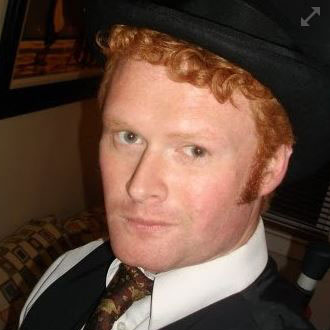
Ginger is also known as Roland Hulme - a digital Don Draper with a Hemingway complex. Under a penname, he's sold 65,000+ copies of his romance novels, and reached more than 320,000 readers through Kindle Unlimited - using his background in marketing, advertising, and social media to reach an ever-expanding audience.

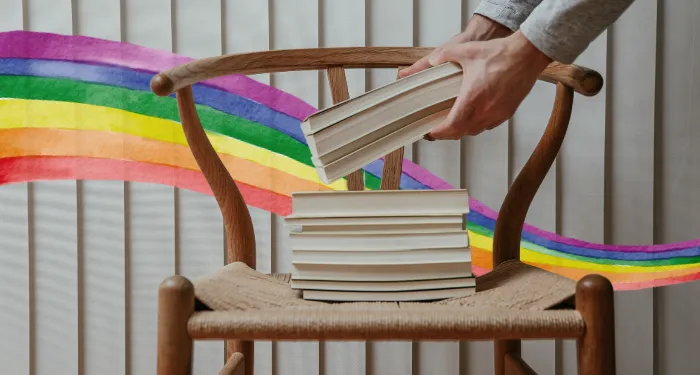


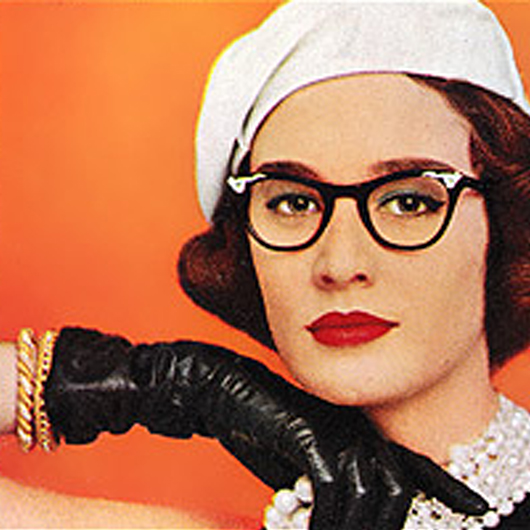



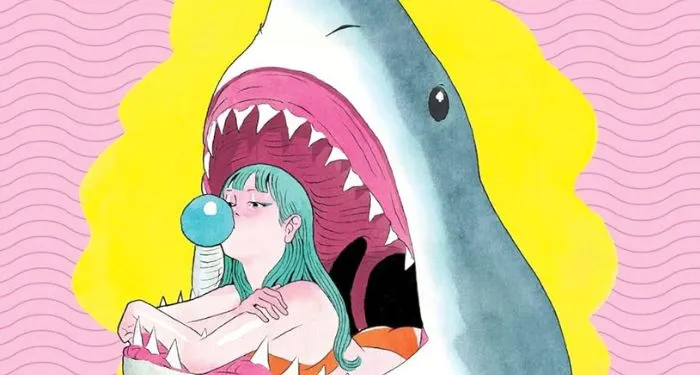
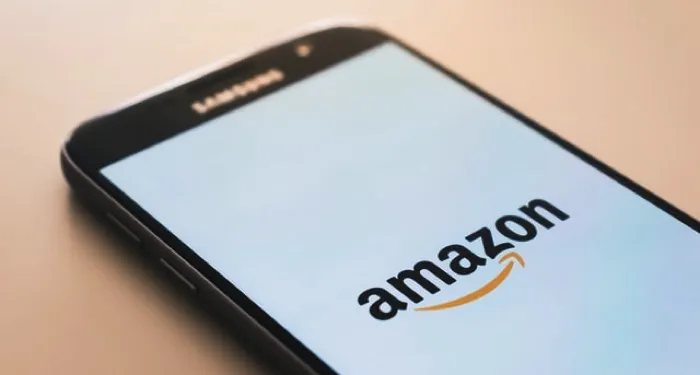


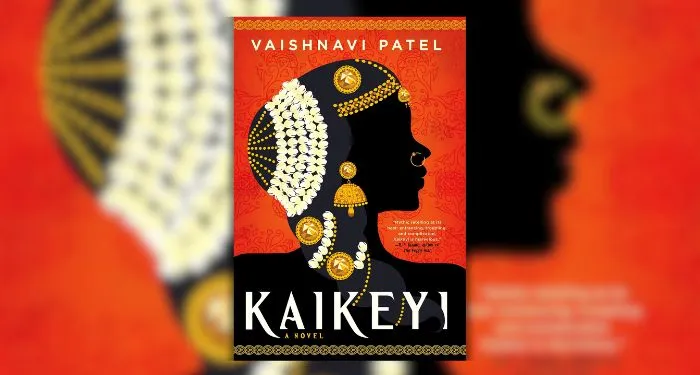


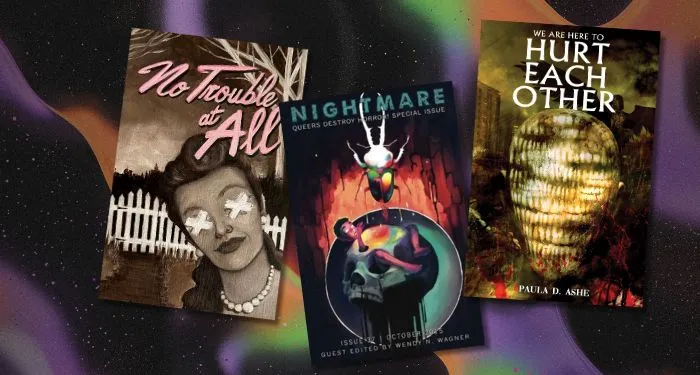
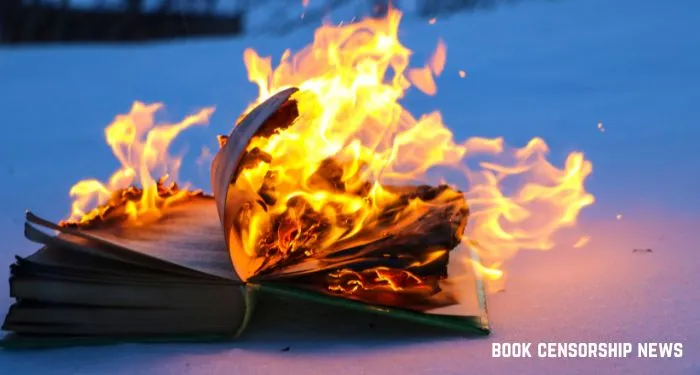

 English (US) ·
English (US) ·